No products in the cart.
Return To Shop
Whatsapp +1 (650) 437-5747
info@redboxreptiles.com
redboxreptiles667
30% off for Bitcoin Payment $1000+
Free standard shipping on orders $500+
Caiman lizard
$550.00
Species: Dracaena guianensis
Sex: Unsexed
Length: Approximately 10-12 inches
Diet: Snails and Canned Diet
57 people are viewing this product right now
Category: Other Lizards
Estimated delivery:1 day Caiman lizard, We have some fantastic captive bred Caiman lizards for sale at absolutely unbeatable pricing. These rare South American reptiles are truly amazing to behold, with their reddish heads and prehistoric caiman-like bodies (thus the name). These lizards enjoy access to aquatic surroundings and will even dive under water on occasion. When you buy a lizard from us, you automatically receive our 100% live arrival guarantee.
Sexing Your Caiman Lizard
Please feel free to request a male or female lizard (or any combination thereof) when you order our medium and adult sized animals, but please be aware that we cannot guarantee the sex. However, we can guarantee that someone very experienced with reptiles will attempt to select the specific lizard(s) you are requesting.
caiman lizard is a large reptile with a green body and reddish-orange head. It has a long, laterally flattened tail and raised, horn-like scales along its back that offer some protection from predators. This lizard has a forked tongue for locating prey and powerful jaws with short, rounded teeth.
This semiaquatic species spends part of its time in the water. A third, clear eyelid acts like a goggle when submerged. Caiman lizards are also excellent climbers. When threatened, they often choose flight over fight, dropping into the water to swim away. They can, however, whip their tails around and bite at would-be predators.
Size
This large lizard varies in length from .6 to 1.3 meters (2 to 4 feet) and can weigh up to 4.5 kilograms (10 pounds).
Native Habitat
Caiman lizards are found in Ecuador, Colombia, Brazil, Peru, and the Guianas. They live in swampy habitats or other flooded woodlands, where they spend most of their time basking on low branches and roots overhanging marshes, flooded forests and streams. This allows them to make a quick escape from sudden danger by dropping into the water.
Jaguars, snakes and crocodiles prey on these large lizards, but they have few other predators in the wild. Their ability to both climb and swim helps them to avoid danger.
Food/Eating Habits
The carnivorous caiman lizard feeds primarily on invertebrates, such as snails, crawfish and freshwater clams. They are also known predators of Amazon river turtles. Once a prey item is caught, the lizard raises its head, moving the meal into position at the back of its powerful jaws. Then, it crushes the animal with its strong back teeth, spits out the broken shell and consumes the softer part of its prey.
At the Smithsonian’s National Zoo, caiman lizards eat mealworms, omnivore diet, snails and crawfish.
Reproduction and Development
Little is known about the reproductive behavior and cycle of the caiman lizard. This species reproduces sexually, and females lay five to seven fertilized eggs per clutch, with an incubation period of about 179 days. They lay their eggs in holes in the riverbank, which they then cover. Hatchlings are born independent, requiring no prenatal care.
Sleep Habits
These semiaquatic lizards forage during the day, hiding in trees and bushes at night. Most of their time is spent in the water or basking on branches.
Only logged in customers who have purchased this product may leave a review.

Chinese Crocodile Lizard
$1,100.00
Related products
Copyright © 2024 REDBOX REPTILES.

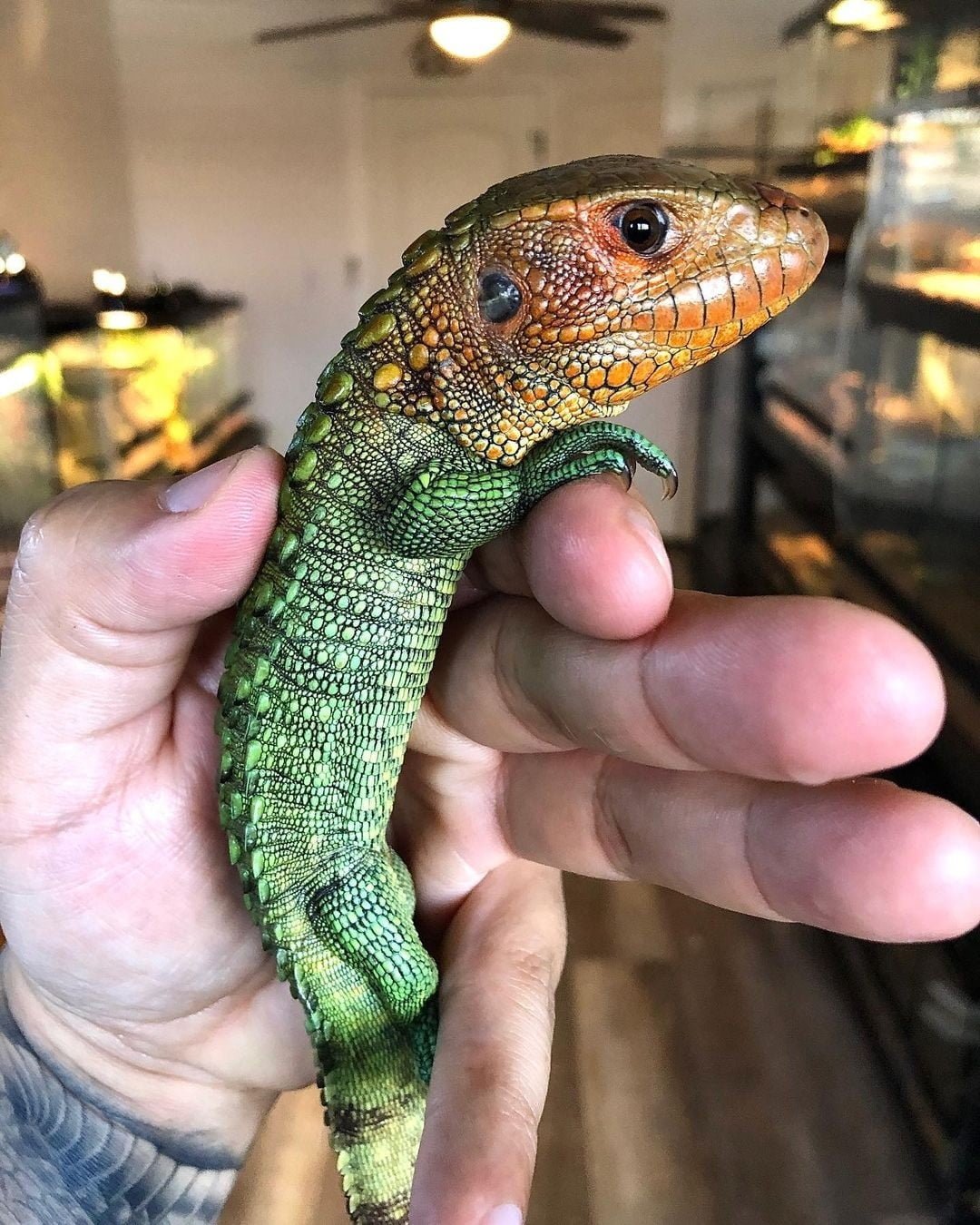

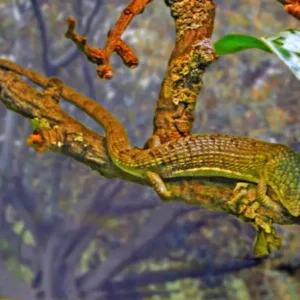
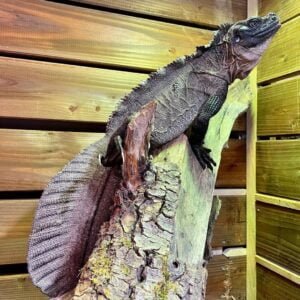

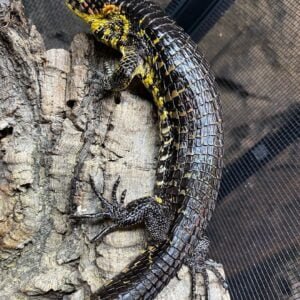
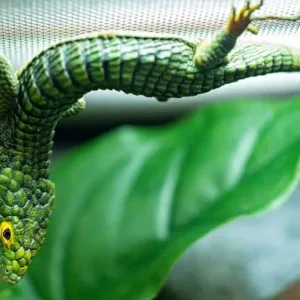


Reviews
There are no reviews yet.